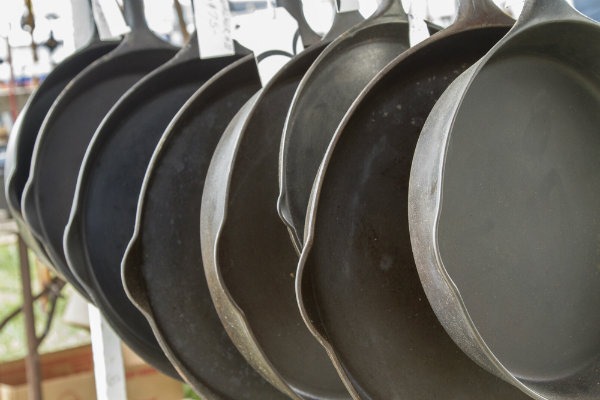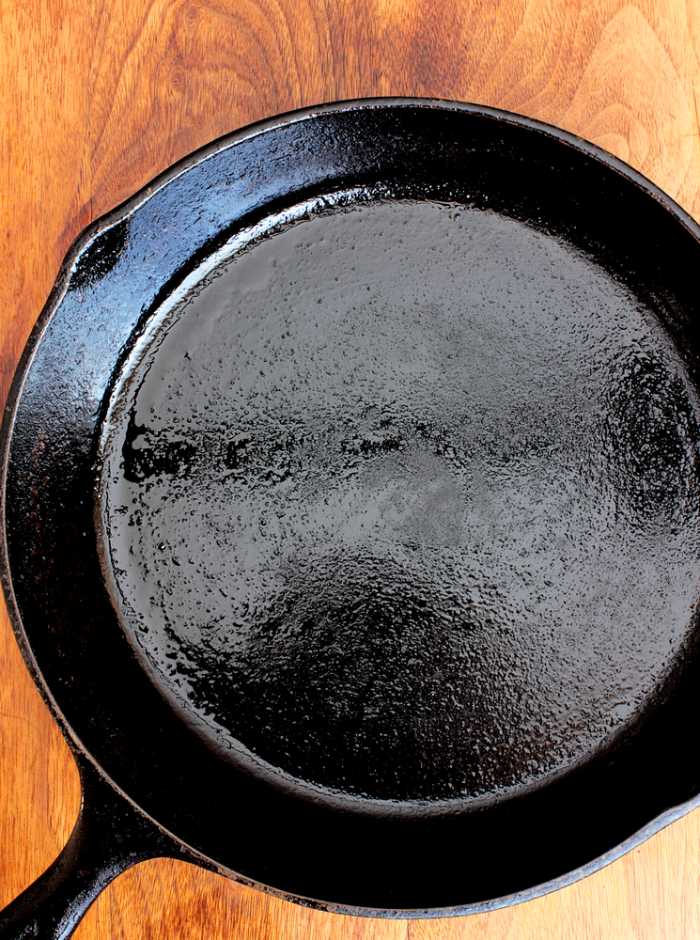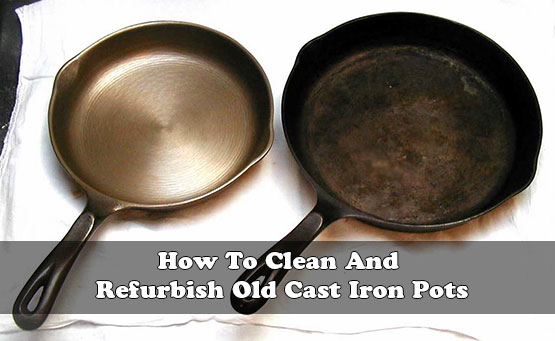The Truth About Cast Iron Pans: 7 Myths That Need To Go Away

Make sure to like Living Green and Frugally on Facebook, Shop at Amazon to help support my site and explore our PINTEREST BOARDS for innovative ways you can become self-sufficient.
Cast iron pans have been a staple in kitchens for centuries, beloved for their versatility, durability, and ability to impart exceptional flavors to dishes. However, despite their popularity, numerous myths and misconceptions persist about these culinary workhorses.
In this article, we embark on a journey to separate fact from fiction, shedding light on seven common myths that need to be debunked once and for all.
Myth 1: Cast Iron Pans Are High Maintenance:
One of the most enduring myths surrounding cast iron pans is that they require extensive upkeep. While it’s true that cast iron requires some care, it’s far from the high-maintenance reputation it’s been saddled with. Seasoning, the process of coating the pan with oil and baking it to create a natural non-stick surface, is often cited as a labor-intensive task.
However, modern cast iron pans come pre-seasoned, and with proper care—such as avoiding harsh detergents and excessive scrubbing—maintaining their seasoning is a breeze.
Myth 2: Acidic Foods Will Ruin Cast Iron:
There’s a widespread belief that cooking acidic foods in cast iron pans will strip away the seasoning and impart a metallic taste to dishes. While it’s true that prolonged exposure to highly acidic foods can erode the seasoning, occasional use of ingredients like tomatoes or vinegar is perfectly safe.
In fact, cooking acidic foods can help enhance the seasoning by contributing to its development over time.
Myth 3: Cast Iron Pans Heat Unevenly:
Another myth that often circulates is that cast iron pans heat unevenly, resulting in hot spots and unevenly cooked food. While it’s true that cast iron has different heat distribution properties compared to materials like stainless steel or aluminum, proper preheating and heat management can mitigate any potential issues.
With its ability to retain and distribute heat evenly, a well-seasoned cast iron pan can produce beautifully cooked dishes with consistent results.
Myth 4: Cast Iron Pans Are Prone to Rust:
Rust is often cited as a major concern when it comes to cast iron cookware. However, with proper care and maintenance, rust is easily preventable. Seasoning not only creates a non-stick surface but also acts as a protective barrier against moisture, preventing rust from forming.
Additionally, storing cast iron pans in a dry environment and ensuring they are thoroughly dried after cleaning further reduces the risk of rust.
Myth 5: You Can’t Cook Delicate Foods in Cast Iron:
There’s a misconception that cast iron pans are only suitable for hearty, rustic dishes and are ill-suited for delicate foods like fish or eggs. However, with the right technique and a well-seasoned pan, cast iron can handle a wide range of ingredients with finesse.
Lowering the heat slightly and using a small amount of oil can help prevent sticking, allowing for the gentle cooking of delicate foods without fear of them becoming stuck or damaged.
Myth 6: You Should Never Use Soap to Clean Cast Iron:
The idea that soap should never come into contact with cast iron is a persistent myth that refuses to die. While it’s true that harsh detergents and abrasive scrubbers can damage the seasoning, mild dish soap is perfectly safe to use.
In fact, a gentle cleaning with soap and water is often necessary to remove stubborn residues without compromising the seasoning. Just be sure to dry the pan thoroughly and apply a light coating of oil after cleaning to maintain its protective layer.

Myth 7: Cast Iron Pans Are Too Heavy and Cumbersome:
Some shy away from cast iron pans due to their perceived weight and bulkiness. While it’s true that cast iron pans are heavier than their non-stick counterparts, their weight is also what lends them their unparalleled heat retention and durability.
With proper handling and care, the weight of a cast iron pan becomes a non-issue, and the benefits far outweigh any initial concerns about heft.
Conclusion: Cast iron pans have endured the test of time, earning a cherished place in kitchens around the world. By dispelling these common myths, we can fully appreciate the versatility, durability, and culinary prowess of these beloved cookware essentials. So let’s bid farewell to misinformation and embrace the truth about cast iron pans—they’re not just tools for cooking, but enduring companions in the kitchen journey.
